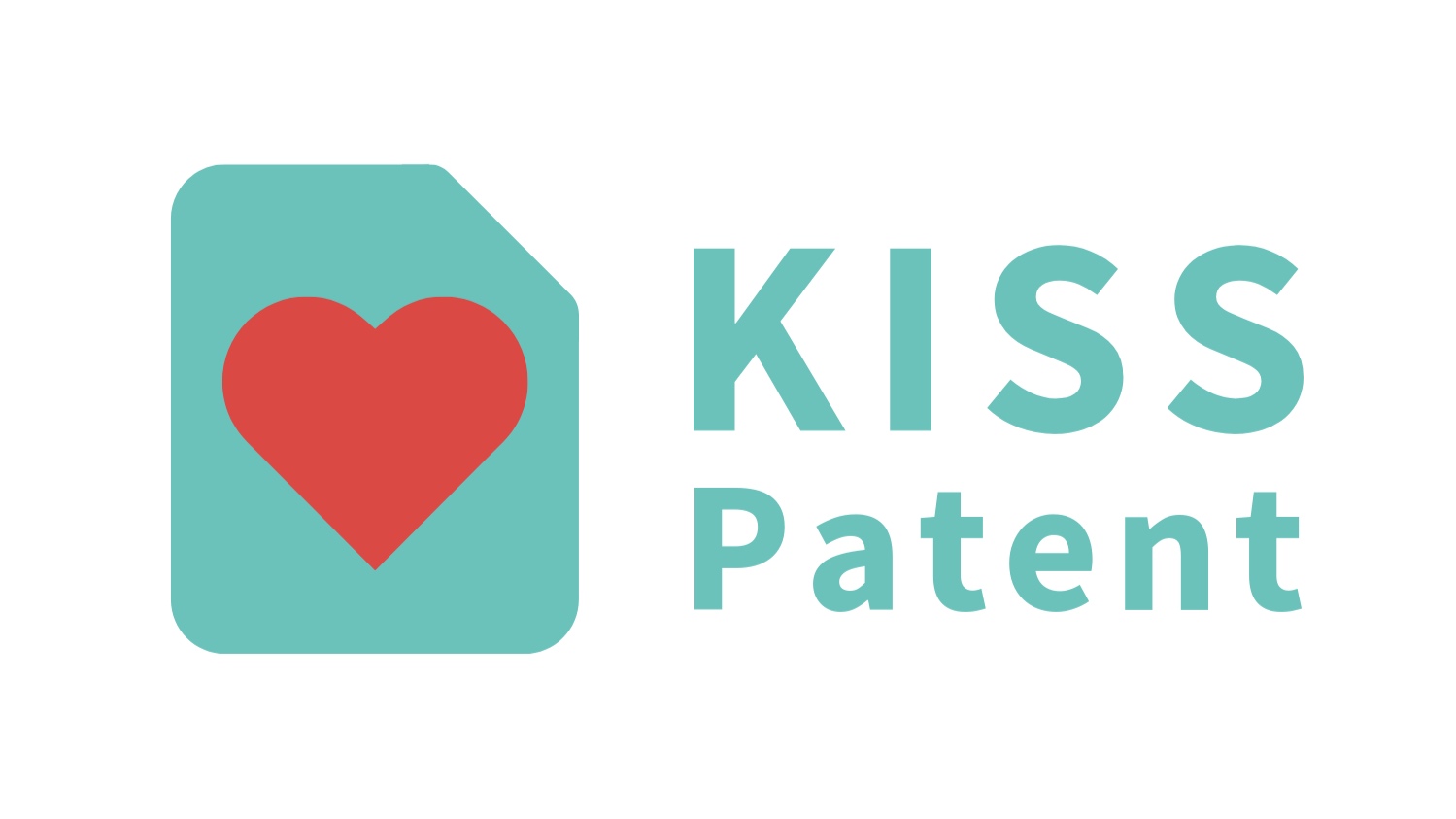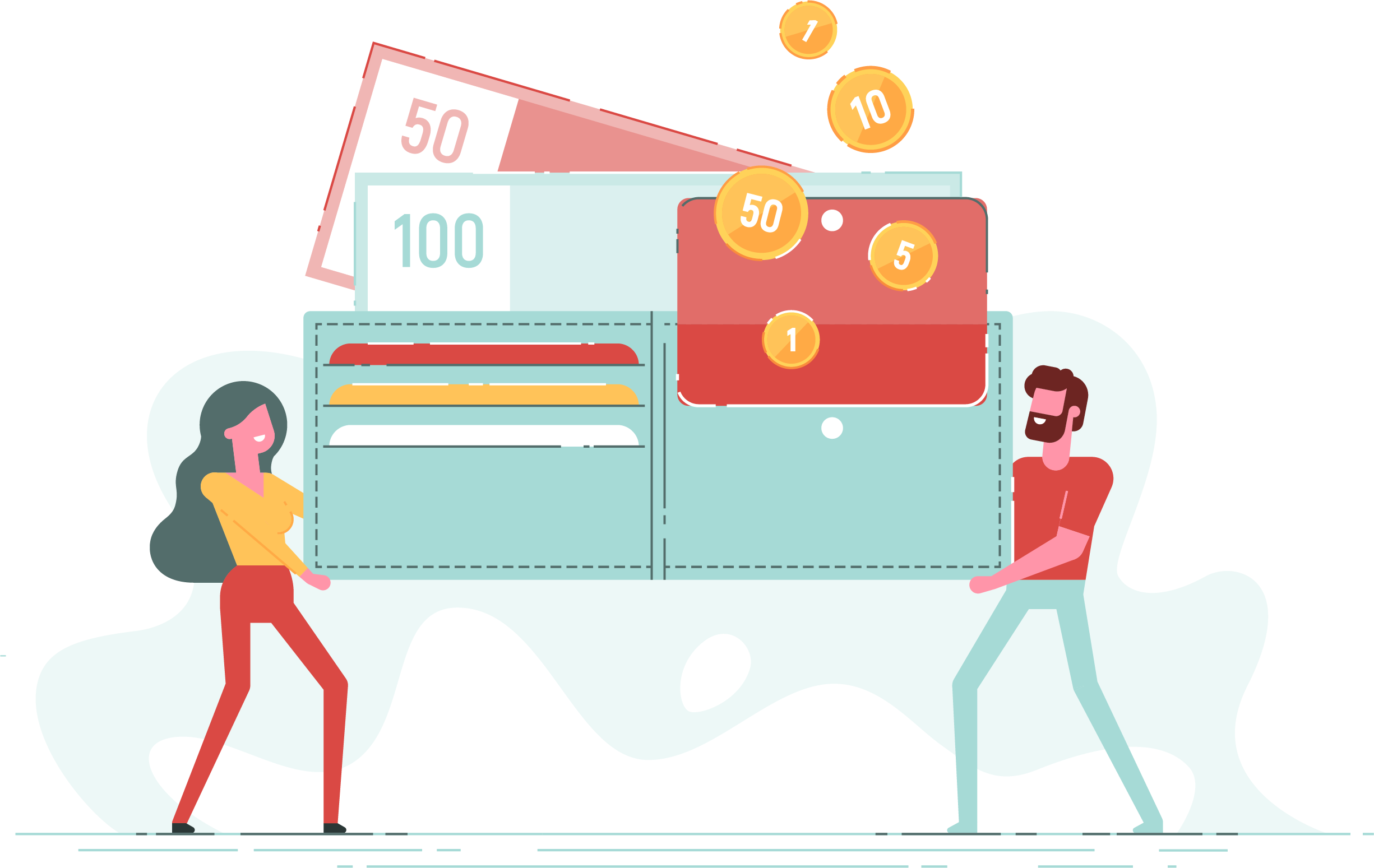We all know that mobile apps number in the millions now, despite many of them helping the populace function better in work and play. Even if you think your own mobile app can differentiate from others on the market, you can’t become lax on protecting your idea. Nevertheless, you’ve perhaps fretted too much overthinking how complex patenting a mobile app is.
It’s true protecting a mobile app is a little protracted, despite being this way for all inventions. Plus, it’s expensive, which should give you a warning about setting aside some patent capital if you’re still in the development stage.
Fortunately, you have some easier steps to take so you can gain immediate protection. This gives you time to gear up for more time and money needed when submitting a standard patent application.
YOUR FIRST STEP: CHECKING IF YOU CAN PATENT YOUR APP
Before you start filling out a patent application for your app idea, take some time to find out if you can realistically obtain a patent. To begin, you need to research whether a patent already exists. One good process to use is to simply brainstorm keywords that pertain to what your app does. You can use these keywords when doing an online patent search.
It’s possible to do some patent searching directly through the USPTO site. The Index to the U.S. Patent Classification page enables you to do an alphabetical search based on the keywords you create. Also, the Classification Schedule in the Manual of Classification should have thorough searches to determine class or subclass relevancy.
However, use the USPTO’s Patent Full-Text and Database to whittle down exactly what’s already out there.
Taking the time to do this helps you save any pain in being turned down for your patent after putting in an extensive effort.
Want to breakthrough as the next big thing in mobile app technology?
Take our short survey to find out if a patent is right for your mobile app idea!
SECOND STEP: LOOKING AT HOW USEFUL YOUR APP IS
Perhaps your research on patented mobile apps ably shows your idea isn’t patented yet. You’ve only cleared one hurdle because the USPTO is going to scrutinize whether using your app truly brings a useful, concrete, or tangible result. If you haven’t fully developed its true usefulness in the field, you may get turned down, regardless of being original.
Sometimes app complexity is detrimental in this regard. Now you know why so many apps have become overly simplified for easier explanation. When you submit for a patent, you need to explain in writing everything about your app so it’s not contested legally later.
Don’t wait to file either since “first to file” is now the new hourglass norm.
THIRD STEP: FILE A PROVISIONAL PATENT APPLICATION
Because obtaining a patent is a long and expensive process, what options do you have if you want to protect your app immediately? A provisional patent application is the best option if you have a limited budget.
With a provisional patent, you don’t have as large of a fee as you would with a standard application. The former typically costs around $2000 to $5000 during the preparation stage and filing. In comparison, a non-provisional application generally costs slightly more than double.
Through the provisional application, you’re setting a filing date one year ahead to give you more time to do normal filing. During this interim, you can go to market with your app without it being stolen by someone.
Many developers of mobile apps appreciate this because it allows money to come in before officially filing for a normal patent. Doing this helps you save up money needed to pay for a non-provisional patent application, something otherwise potentially crippling you financially.
Wondering if your idea is patentable? Have a question about this article? We can answer all of your questions — just hit "contact us" down below!































